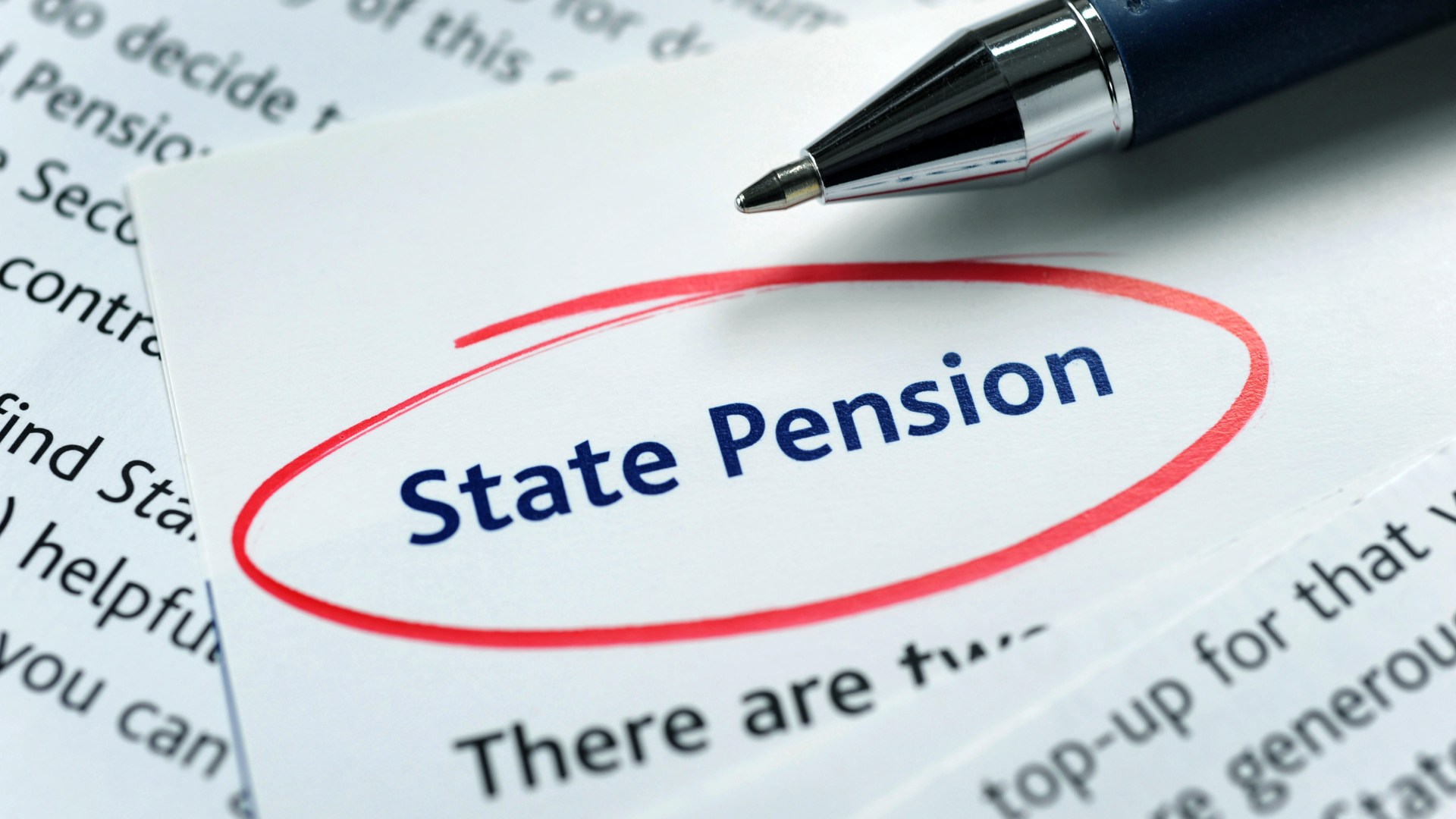Yun Fong Lim was “thrilled” when the Financial Times told him his academic paper on last-mile delivery had been cited in a patent application by ecommerce company eBay.
“We had several conversations with companies, including DHL, during our research to learn about the issues,” says Lim, professor of operations management at the Lee Kong Chian School of Business in Singapore. “We’re glad to see that our research has some impact.” Lim’s co-authors were his Lee Kong Chian colleague Xin Fang and Qiyuan Deng at the Chinese University of Hong Kong.
Economies of scale
Data supplied by patent search company The Lens shows the top papers cited in patent applications, which serves as one method of measuring the practical value of business school research. Lim and his co-authors’ paper, “Urban consolidation center or peer-to-peer platform? The solution to urban last-mile delivery”, was published in the journal Production and Operations Management.
It concluded that having a central location for deliveries in cities — known as an urban consolidation centre (UCC) — can be better than using a system where individual drivers respond to customer orders (placed on an app), collect the product from the shop/restaurant and deliver it to the customer’s address. This is known as a peer-to-peer system, where delivery costs for carriers are high. This central approach not only saves money but also helps reduce traffic and pollution in the city.
The authors found that the UCC model also allows for better economies of scale through consolidation, and becomes increasingly efficient at reducing social-environmental impacts when the number of carriers involved is large. However, when the variable delivery costs are low, a peer-to-peer platform is more advantageous, as its overheads are reduced and it can quickly adapt to varying demand.

“Last-mile delivery is the most challenging segment of the business process of online retailers, and many ecommerce start-ups cannot survive because their last-mile delivery cost is too high,” explains Lim. “Since the profit margin of last-mile delivery is low, the question is: which business model can make consolidated last-mile deliveries financially and environmentally sustainable?
“That sparked my interest in this area, and knowing that our paper has been cited in a patent application is strong encouragement to work on meaningful research with practical impact. It’s always more rewarding to work on research projects motivated by real settings in industry. It creates more opportunities for us to interact with industry, and means our students are more engaged when we share our research findings in the classroom.”
Social media impact
Among the papers The Lens identified as being cited in two patents is “Does social media accelerate product recalls? Evidence from the pharmaceutical industry”, by Huaxia Rui, professor of computer and information systems at Simon Business School at the University of Rochester, with Yang Gao of Singapore Management University and Wenjing Duan of George Washington University. Published in the journal Information Systems Research, it concludes that, when people discuss problems with medicines on social media, it helps pharma companies recall those medicines faster.
Using a discrete-time survival analysis of US Food and Drug Administration (FDA) drug recall reports, alongside social media data, the study identified two primary mechanisms through which social media influences the recall process: the information effect — how social media enables consumers to report problems quicker than the FDA’s own reporting system — and the publicity effect, where adverse reactions create pressure on pharmaceutical companies and regulatory agencies to act more promptly.
The authors did not know that their paper had been cited in patents granted, including one from credit card company Capital One. “I’m glad that practitioners find this work inspiring and valuable for their patents, and it proves the impact of our work beyond traditional metrics such as publication and citation by other papers,” says Rui. “I feel there needs to be more dialogue — just imagine all the possibilities if ideas and innovations flowed more smoothly and frequently between academics and practitioners.”
Rui argues that the impact of research is ultimately determined by the intellectual or practical significance of the research questions asked, not where it is published. “It’s natural for us academics to think about publication when we launch a new research project, but this has to be an afterthought,” he says. “I encourage young people to work on big questions and hard problems, which should eventually generate greater impact.”
Supporting innovation by bridging research and patents
The Lens, developed by Cambia, a social enterprise, seeks to change how academic research is linked to industry innovation. “It’s an open platform for discovery and analytics across a corpus of patents and scholarly literature metadata,” says Mark Garlinghouse, business development director. He believes that The Lens is unique in being “open, verifiable and privacy-assured”.
After more than 20 years of development, The Lens holds data on more than 272mn scholarly works, more than 155mn global patents and almost 500mn patent sequences, along with details of the people and institutions that generate this knowledge and the linkages between them, drawn from diverse data sources.
At the heart of The Lens is a “knowledge graph”, says Garlinghouse: a tool that allows users to connect academic research with patents, shedding light on which studies have paved the way for technological advancements.
By offering tools that enable sharing of search results and analytics, The Lens seeks to facilitate collaboration among researchers, inventors and industries to help drive innovation. “Any single group by themselves is not enough to translate an idea into impact,” Garlinghouse says.
He says many patents in finance, commerce and information technology often cite journal articles by business school academics. Users of The Lens can explore dashboards that visualise these interactions, helping them understand the technological areas where academic research influences industry practices.
Coupon targeting
Coupons for online shopping were the subject of another paper cited twice in patents. Published in Marketing Science, “Dynamic coupon targeting using batch deep reinforcement learning: an application to livestream shopping” is by Xiao Liu, associate professor of marketing at NYU Stern School of Business. Her study found that using advanced computer methods, such as batch deep reinforcement learning (BDRL), to set coupons for online shopping helps businesses earn more money than traditional coupon methods. This new approach allows businesses to adjust discounts based on what each shopper likes and how they have shopped before, making it much more effective.
Specifically, the BDRL approach outperformed static targeting by nearly twofold and improved gross merchandise value by 63 per cent. Liu’s research addresses the challenges of developing personalised pricing strategies in settings such as livestream shopping — which is used by brands to promote and sell products through livestreams on digital platforms, often in collaboration with influencers. Traditional coupon strategies often fail to capture consumer dynamics and heterogeneity in livestreams. She formulated the coupon-targeting problem as a Markov decision process and used Q-learning, a model-free reinforcement learning method, to optimise coupon allocations based on consumer interactions.
Liu’s paper has been cited in two patents granted to Maplebear, which trades as online delivery company Instacart. “I wasn’t aware of the application, but I gave a research presentation at Instacart, so maybe that’s why they cited my paper,” she suggests.
Efficient travel

Another study, published in the journal Operations Research, is cited in a patent focused on ride-sharing services such as Uber, Bolt and Careem. It found that using smart pricing strategies, which change based on location and time, can make ride-sharing services work better and more fairly for drivers and passengers. This approach helps set fair prices for rides, encourages drivers to accept trips and improves overall service reliability. The study has been cited in two patents granted to US ride-share company Lyft.
Authored by Hongyao Ma, Fei Fang and David Parkes of the universities of Columbia, Carnegie Mellon and Harvard, respectively, “Spatio-temporal pricing for ridesharing platforms” concludes that implementing a spatio-temporal pricing (STP) mechanism can significantly enhance the operational efficiency of ride-sharing platforms by addressing the mispricing issues that lead to market failures. This STP mechanism aligns incentives for drivers and ensures that trip prices even out in terms of distance and time, promoting better decision-making.
The mechanism operates as a “subgame-perfect” equilibrium, ensuring drivers are incentivised to accept dispatched trips, rather than engage in strategic behaviour, such as cherry-picking rides.
“I started thinking about this issue when I read in the news that some drivers are gaming the system,” recalls Ma, who spent time as an intern at Uber. “For example, many drivers would go to a stadium just 10 minutes before the end of a game, and then go offline, so that the price shoots up’’.
“I appreciate having practical impact, changing how people think about a problem, and proposing ideas that can move things forward,” says Ma, whose research also has implications in other queueing systems, such as waiting lists for donor organs.
Borrowing needs
Published in the Journal of Accounting and Economics, “Financial shocks to lenders and the composition of financial covenants” looks at how lenders use accounting information in contracts with borrowers and how their needs influence the terms of these contracts — especially during tough financial times. The paper has been cited in a patent application by Tata Consultancy Services.
Typically, contracts are based on a borrower’s financial health, but this research explores how lenders’ own issues, unrelated to the borrower, affect the contract terms. The researchers examined how lenders react to financial shocks such as corporate defaults and non-corporate delinquencies, and how these events change the types of covenants in debt contracts. They found that, when lenders face financial difficulties, they tend to favour performance-based covenants — which depend on how the borrower performs — over capital-based covenants, which focus on the borrower’s assets.
Authors Hans Christensen and Valeri Nikolaev of Chicago Booth School of Business, Daniele Macciocchi of Miami Herbert Business School and Arthur Morris of Hong Kong University of Science and Technology discovered two key factors are at play: the capital channel and the learning channel. The former results in lenders tightening contract terms because they have less money to lend, and is seen when non-corporate delinquencies occur. The learning channel results in lenders adjusting terms based on lessons learnt from corporate defaults, using performance pricing to better manage risks.
In short, lenders react to financial shocks by adjusting their contracts to focus more on how the borrower performs, protecting themselves from potential losses. The study suggests that these shifts could influence the borrower’s financial decisions.









































































































































































You must be logged in to post a comment Login